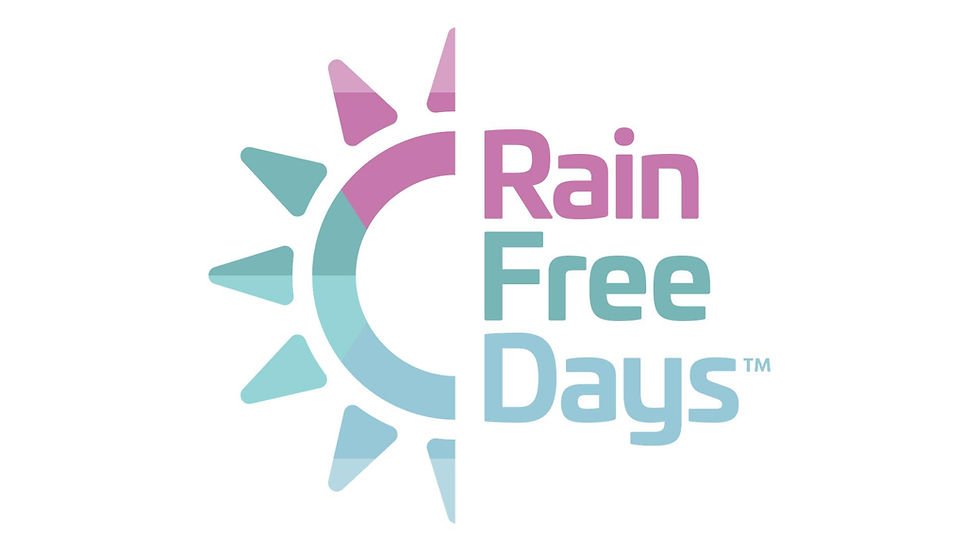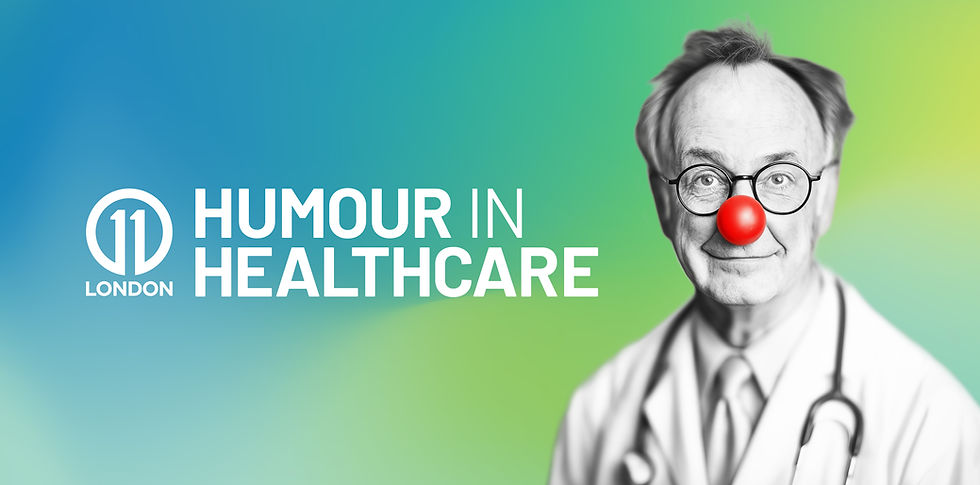Rare Diseases: Strength in Numbers
- matthewhunt123
- Feb 14, 2022
- 3 min read

For many people, living with a rare disease can be an incredibly lonely experience, fraught with the frustration and confusion that comes from being one of the very few people living with a condition. However, whilst the diseases themselves are rare, the patient population directly affected by them would equate to the size of the world’s third largest country if they were counted together.¹
As in many areas of life, there’s strength to be found in numbers. When it comes to rare diseases the question we must answer is, how can we make the most of the numbers that we have?
The harsh reality for patients seeking treatment for a rare disease often comes down to the equation that must be done by pharma companies. They have to assess the cost/benefit of research into treatments where there is a risk they may never make back their investments if drugs aren't successful. Whilst there is still business incentive to find orphan drugs, we need to make use of other methods to sift through the data and find successful treatments faster.
In this respect, Artificial Intelligence offers huge hope for diagnosis, research and treatment of rare diseases. Partnerships similar to that between AstraZeneca and Benevolent AI – in which machine learning is being harnessed to look at vast amounts of data and identify which specific genes and proteins should be targeted in order to change the progressions of a disease – could cut out a huge amount of work that would be almost impossible for scientists to manage alone. It’s hopeful that this process will help scientists decide which targets are most likely to succeed in which patients, and so discover treatments faster.
AI can identify potential solutions far faster than humans can. Thanks to this, we’ve also seen significant progress with the use of apps like Ada, whose extensive database allows patients to input their symptoms and get closer to a diagnosis. This advancement of AI symptom checking could take years off the diagnostic odyssey faced by rare disease patients that currently takes an average of five years and up to eight doctors.²
Whilst AI has the potential to help manage the research and diagnostic burden, there are real issues around how rare disease data can be shared. When patient populations are so small, it’s especially important for scientists globally to be able to access all current data. However, whilst recent studies have shown that the rare disease community is very willing to be involved in research, the nature of living with a rare disease makes this a particularly vulnerable patient population.³
Although AI technology is only as healthy as the data we feed it, we need to approach rare disease patient data with the greatest respect. Patient anonymity can be a significant issue when it comes to sharing rare disease information, as such small populations mean that very little data is required to personally identify an individual. Under such circumstances, trust between patients and health organisations is exceptionally important. While AI offers a world of opportunities for the rare disease community, we must work to protect the patients so that they benefit from the advancements.
References:
1. https://www.rarediseaseday.org/article/what-is-a-rare-disease
2. Statistics from Ada Health
About 11 London
11 London is an advertising and communications agency, based in West London. We work in the areas of health and humanity - with organisations, brands or products that improve or prolong life. To learn more about 11 London, please contact:




